Experimental data setup
Experimental Design in Python

James Chapman
Curriculum Manager, DataCamp
The problem with randomization
1) Uneven issue: different number of subjects in groups
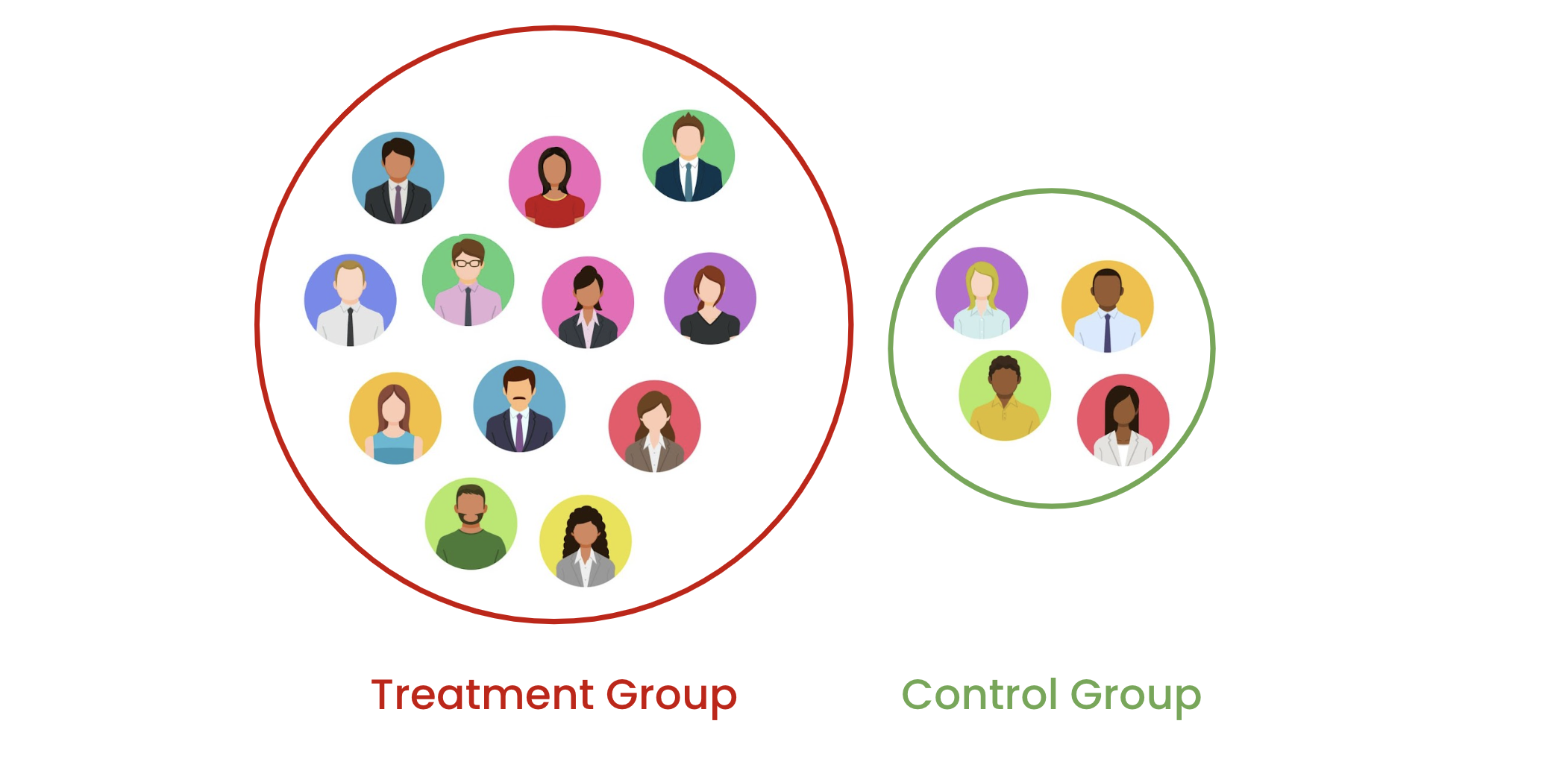
The problem with randomization
2) Covariate issue: High variability in some covariates → group imbalances in randomization
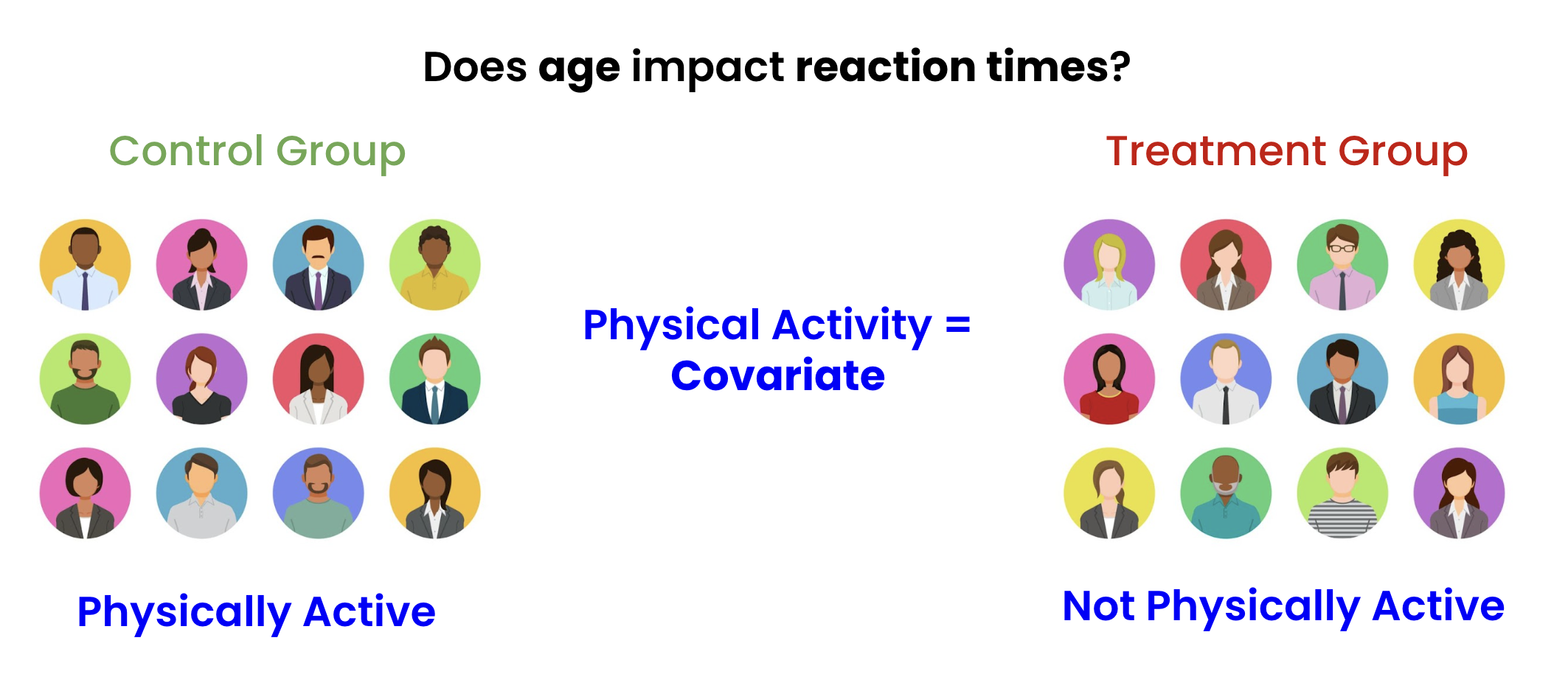
Result: harder to measure treatment effect!
Block randomization
- Split into blocks of size $n$ first then randomly split
- Fixes uneven issue
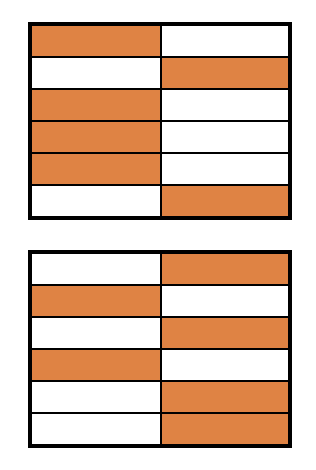
- 24 subjects split into two groups then randomized
Our dataset
- E-commerce dataset (
ecom) (1000 subjects)- Average basket size
- Average time on the website
- Power user (Average 40+ daily minutes on website)
basket_size web_time power_user
0 227 7 0
1 123 5 0
2 98 16 0
3 211 45 1
4 133 17 0
Block randomization in Python
group1 = ecom.sample(frac=0.5, random_state=42, replace=False)
group1['Block'] = 1
group2 = ecom.drop(group1.index)
group2['Block'] = 2
print(len(group1), len(group2))
500,500
Visualizing splits
import seaborn as sns
import matplotlib.pyplot as plt
sns.displot(data=ecom,
x='basket_size',
hue='power_user',
fill=True,
kind='kde')
plt.show()
Confounding = variable might cause the effect rather than treatment
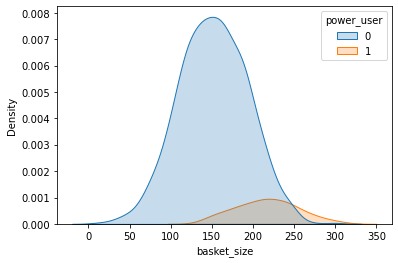
Stratified randomization
- Splitting based on covariate(s) first
- Then randomization
- Green = All power users (Yellow = Not power users)
- Then split Treatment/Control
- Fixes covariate/confounding issue
- Can be done for multiple covariates - but gets complex!
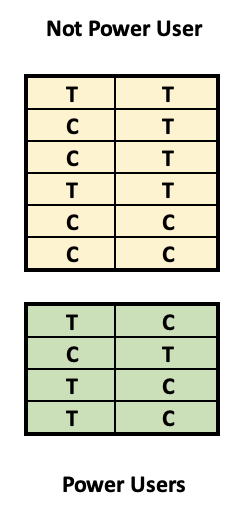
Our first strata
- Separate power users
- Sample into Treatment/Control
strata_1 = ecom[ecom['power_user'] == 1] strata_1['Block'] = 1strata_1_g1 = strata_1.sample(frac=0.5, replace=False) strata_1_g1['T_C'] = 'T'strata_1_g2 = strata_1.drop(strata_1_g1.index) strata_1_g2['T_C'] = 'C'
The second strata
- Separate not power users
- Sample into Treatment/Control
strata_2 = ecom.drop(strata_1.index) strata_2['Block'] = 2strata_2_g1 = strata_2.sample(frac=0.5, replace=False) strata_2_g1['T_C'] = 'T' strata_2_g2 = strata_2.drop(strata_2_g1.index) strata_2_g2['T_C'] = 'C'
Confirming stratification
- Join blocks and groups
- Use groupby to check allocation
ecom_stratified = pd.concat([strata_1_g1, strata_1_g2, strata_2_g1, strata_2_g2])ecom_stratified.groupby(['Block','T_C', 'power_user']).size()
Block T_C power_user
1 C 1 50
T 1 50
2 C 0 450
T 0 450
Let's practice!
Experimental Design in Python

